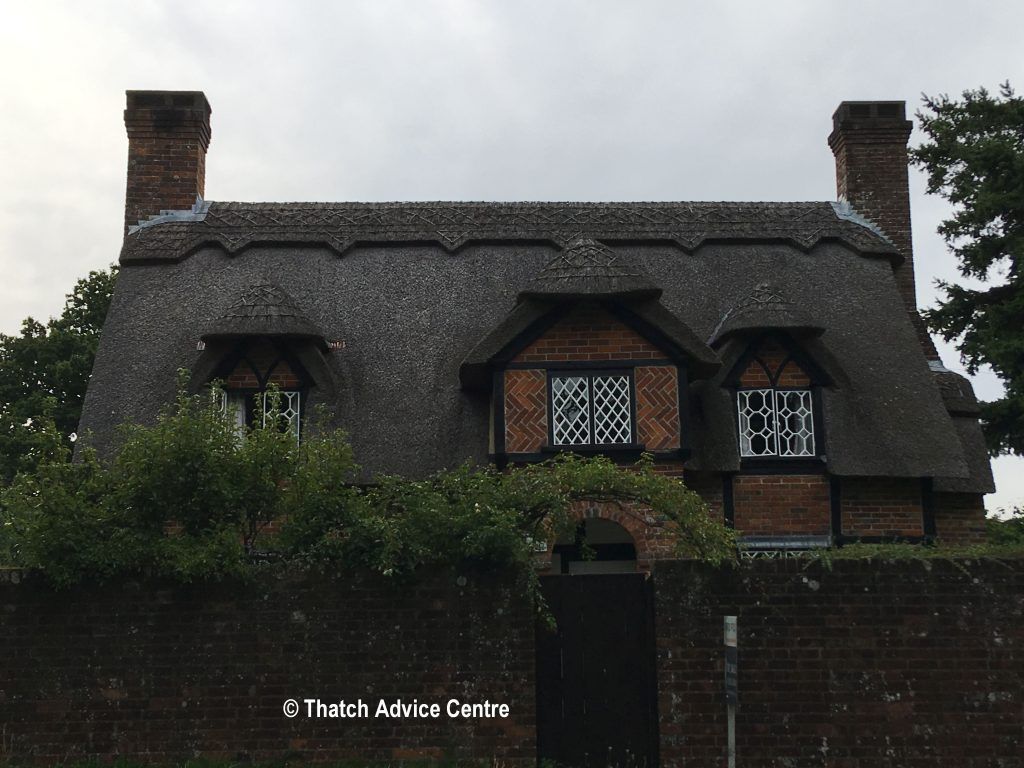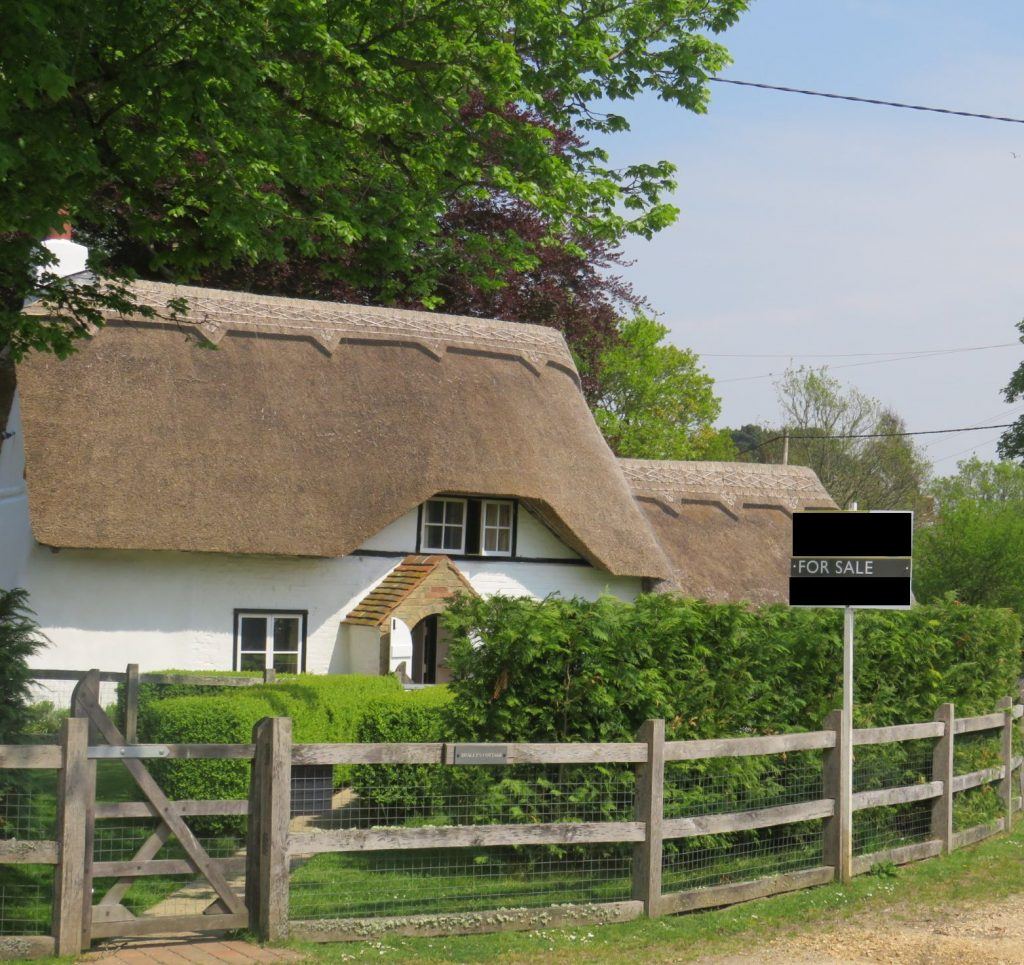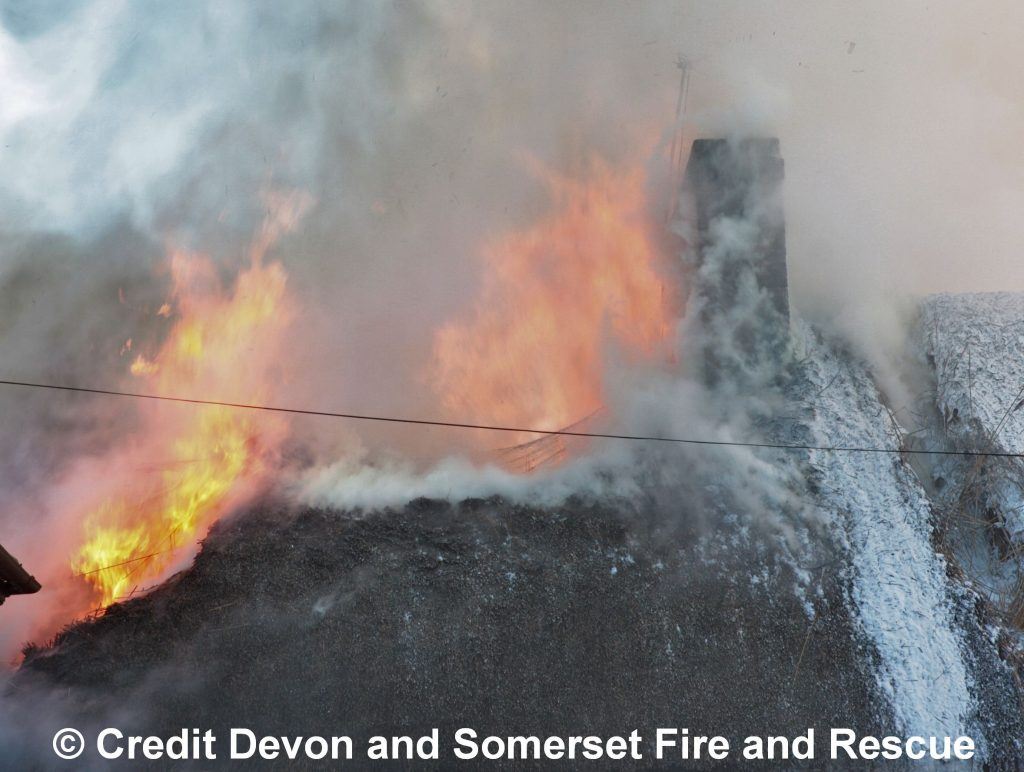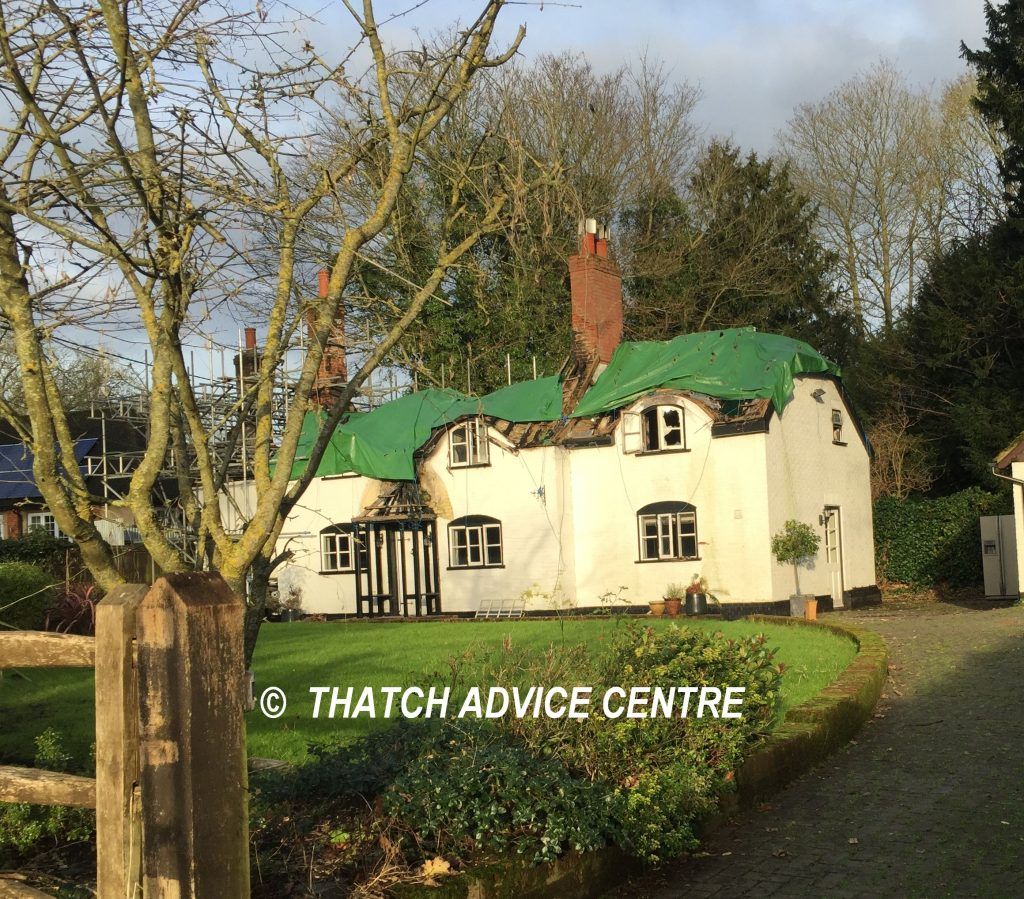(Fire Protection Association) FPA Guidance for Thatched Buildings
We are so pleased to at last be able to let you know that the long awaited (Fire Protection Association) FPA Guidance (for owners of thatched Buildings with wood burning and multi fuelled stoves) has been released. This is as a result of their research into thatch, chimneys and wood-burning stoves
The full report, entitled “Fires in Thatch Properties with Wood Burning Stoves” written by Dr James LD Glockling BEng PhD MIFireE, Technical Director, FPA and Director RISCAuthority, is also available.
Background to the FPA Guidance
The initial great work done by Burgoynes Forensic Investigators on the causes of thatch Fires (now over 150 cases) led to the conclusion that the major cause of thatch fires was chimney fires and ejected embers. This was often within a short time of lighting a fire. This was a greater risk with a woodburner with a lined flue and low chimney height during dry conditions. This had confirmed doubts on the major cause being heat transfer by conduction.
Common sense to a lot of us but that was a great breakthrough in understanding and having proof on what was really going on. Obviously, this meant that just having an insulated lined flue (per building regulations) was not reducing the number of thatch fires as the main cause was not being addressed. It proved that we needed to know more. Historic England and the NFU mutual then took things a stage further with the research at the Fire Protection Association. This research has led to the production of this FPA Guidance for thatch. Also under The Thatch Advice Centre’s Resources section is the full Report.
Quote below on conduction is important (see Fig 40 of the report below) – we have to move on and do what is right.
“Historic work appears to have utilised inputs that we now know to be unrepresentative of reality in that they were too severe and similarly, the method of heat application in the supporting testing was done with an efficiency much greater that would happen in a real chimney heat transfer system regime” Changing the old unrealistic information must now happen.
FPA Guidance – The Research
FPA looked at the causes of thatched fires in properties with wood burning stoves including:
- Direct Ignition
- Convection
- Conduction
Two full scale rigs were set up with woodburners and flues both fully instrumented to measure what was happening. One rig measured the operational parameters and the other had differing liners (or no liner) including a damaged one.
Other areas of research covered
- Fuel types
- Venting levels
- Lighting materials
- Flue gases and ember transport
- Convection by imperfect brickwork
- Thatch ignition due to a chimney fire
The FPA Guidance was produced as a result of months of this very useful and sensible research into what was going on when you have a chimney, with a woodburner. It covered a variety of scenarios as you can see above. Ember production with a birds nest was also looked at.
FPA Guidance – To reach this point
The draft FPA guidance was presented at a meeting in London in October 2016, which we attended. Historic England and NFU mutual were happy for us to update our Thatch Fire Safety Leaflet accordingly. As a small enterprise, in comparison to their big organisations, we could do this quickly to get the message out to help people. We wanted to help everyone understand and reduce their risks of thatch fires when using chimneys.
Who are we trying to make aware?
- Homeowners
- Insurers
- Solid fuel organisations
- Chimney Sweeps,
- Flue specialists
- Chimney engineers,
- Stove installers
We have also been trying to get other organisations to update their information into the proven causes and ways to reduce the risks of thatch fire. Sadly, some of the businesses seemed reluctant or unable to make changes. Now this official guidance is out we are hopeful that everyone can now start updating their information. Some would say “Singing off the same hymn-sheet”.
Sadly, other issues had delayed the final FPA Guidance being completed. We are very pleased that this has now been done and forwarded to us for circulation.
FPA Guidance – Other Points
General Points
It is obvious that FPA guidance will not recommend wood burning and multi fuelled stoves for use in thatch buildings, there is now a proven risk. This risk is however one which many people have been managing successfully for many years,
However, in reality, people still are wanting to heat their homes in this way (many have been doing so successfully for years). This is where it is so important that we can promote this up to date information so people can understand the situation and reduce the risks. They also need to make sure of their insurance cover.
There will always be more research to do and we cannot know the answer to everything but this, in our opinion, is another huge step forward in the fight against thatch fires.
There is a lot of information out on the internet at this time which not so up to date so we urge you to take a bit of time to read these two relevant documents. Understand your own thatched property’s fire risks and use that information to reduce the risks. Please share it with anyone who would benefit from this additional information #workingtogether.
Know your own installation, take care when lighting and refuelling, burn correctly per your appliance, sweep your chimney regularly and check integrity of it and the lining. Make sure you have insurance cover.
Specific points
Many older properties have lower chimney heights than the recommended 1.8m, but property owners are still using their woodburners and multi fuel appliances. If this is your case, please make sure your insurers know – there are insurers who will cover such properties. Other fire protection methods e.g. fire retardant spray (e.g. Magma) or dedicated stove extinguisher may be stipulated as a way to reduce the risks, eg if the chimney height cannot be increased. More information on reducing the risks in our Thatch Fire Safety Leaflet.
It makes sense that a bird’s nest which catches fire near the top of a chimney will produce bigger burning brands. This will obviously be a greater risk to a thatched property. What we do not yet know is what percentage of birds’ nests there are in chimneys. Once there has been a fire the evidence will have gone. To that end we are asking our Chimney sweeping friends to count/think about the number of bird’s nest they encounter both in thatch and non-thatch. Any other ideas on how we could quantify this?
The appropriate bird guard makes sense. In reality we have requests for some which are also non-spark arresting. Spark arresters are felt to be detrimental to thatch fire safety if not regularly cleaned. Bird guards is therefore another area which insurers etc. have yet to clarify to us and thatched property owners what they want/mean. As previously mentioned, there are no stats on the percentage of birds’ nests in chimneys at this current time.
Please read the FPA Guidance in association with our comprehensive Thatch Fire Safety Leaflet.
FPA Guidance – Conclusion
FPA Guidance is so helpful because it is based on real research, not theory. The research was based on the findings from real Forensic investigation into causes of real thatch fires. It has taken our knowledge and understanding to the next level, whilst confirming what many of us were frustrated about regarding conduction of heat. The importance of moving on from older unrealistic model/theory to real life is clearly important to improve the safety of all properties see Fig 40. This, coupled with increased understanding on the causes of thatched fires, means spreading the up to date information is vital in the fight against thatch fires. We all know there is a fire risk to thatch properties. The same as to dry heathland is a risk at the moment during this hot dry summer. Once alight, a thatch fire is hard to extinguish. Understanding risks and preventing thatch fires is our aim.
It is similar perhaps to the risk with riding a motor bike. To mitigate the risk a biker wears leathers and helmet etc. So if you have a woodburner you should read this new FPA Guidance as well our updated Thatch Fire Safety Leaflet. Understand and reduce that risk, now before the next burning season.
Understand and be aware of your individual property. Please be informed and use that information to make decisions on what you do to reduce the risk of fire.
By working together and sharing the up to date information we can continue to make good progress in reducing the number of thatch fires.
Burnright and the DEFRA Clean Air Strategy also both fit in very well with our advice and we look forward to the future in this regard.
There are more ideas for improving thatch fire safety in this area, so watch this space!
FPA Guidance and other relevant documents
Fires in Thatched Properties with Wood Burning stoves – Dr James LD Glockling, BEng, PhD MIFireE,Technical Director, FPA and Director RISCAuthority,










